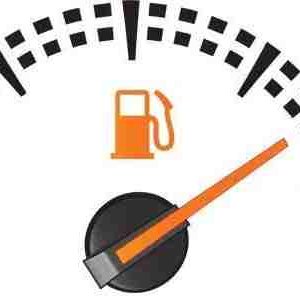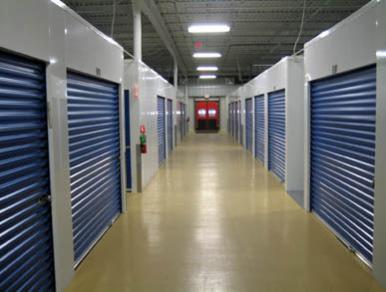
A great majority of our nation’s bridges are beginning to show their wear and tear as they find themselves caught in the middle of a direct aging process. The moving industry uses these bridges every day, which poses a significant concern. While many government agencies are claiming that though these bridges may be increasing in age, they are still “structurally sound”. Their word may seem sufficient enough. However, with the rise in bridge collapses over the past few years, we must begin to consider active repair on the bridges that are so heavily traveled, particularly by tractor-trailer drivers carrying significantly heavy loads.
It’s quite obvious to say that our highway system was built on flaws, and not quite built to last. Particularly in the way of the design and planning of our bridges. In fact, in the November 2012 issue of “Better Roads”, a report was released stating that 22.5% of our nation’s 602,154 bridges were “structurally deficient, functionally obsolete, and showing an obvious need for rehab and replacement,”. Kelley Rehm, a professional engineer and programming manager for bridges and structures (American Association of State Highway and Transportation Officials) states that the vast majority of bridges were designed with only a 50 year service life. She also says with proper preservation along with repair, that life expectancy can be extended.
Typical daily maintenance of bridges requires sweeping the decks, cleaning the drains (which allows rainwater to run off), upkeep of paint, removal of any graffiti, etc. Bridge preservation includes repairing any deterioration of the decks, which is mostly attributed from heavy travel, and overweight semi’s. Additionally bridges struggle with rainwater damage, de-ice salts, chemicals, poor drainage, and the erosive damage from moving water underneath the bridge can also cause significant damage.
As of 2011, between 70,000-72,000 bridges have been deemed structurally deficient (meaning they are on a waiting list for repair), and 18,000 have been noted as fracture-critical (there is a tension issue which puts the bridge at high-risk for collapse). To fix every bridge in need of repair, it would cost our nation an estimate of $65 billion dollars. And with the nation’s present debt situation, fixing bridges is going to be something placed on the back-burner for a while. A federal tax of fuel (18.4 cents/gal. for gas and 24.4 cents/gal. for diesel) was designed to help pay for the upkeep of roads, highways and bridges. However with those numbers having remained stagnant since 1997, there is less and less money for our road departments. Also, with the recent increase in electric cars in our nation, that means even less money, as they don’t have to pay those particular gas/diesel taxes at the pump.
It is adamant for our nation to begin to see just how detrimental the deterioration of our bridges and highways is to all of us. Americans should consider taking preliminary measures to ensure their future safety and survival in whatever means possible. The moving and trucking industries especially need to understand the impact this deterioration can have on their business. In Part II of this series we will take a deeper look into what exactly can be done both by tractor-trailer drivers, as well as our government to keep our bridges safe for the continued heavy travel that our nation relies on.


















Leave Your Response